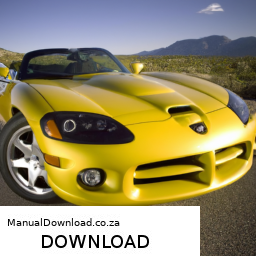
Wheel alignment is an important maintenance procedure that ensures your vehicle’s wheels are set to the correct angle, which helps improve handling, tire life, and overall safety. click here for more details on the download manual…..
- Is the 2017 Dodge Viper GTC a sports car worth the price? The Viper was killed off my Dodge and 2017 was the final year of production. This Viper GTC takes the GTS platform to another …
- Tech Talk Tuesday: Dodge Viper Cooling System Upgrades Today’s Tech Talk Tuesday is all about Dodge Viper cooling systems and how to upgrade them to make them more efficient.
If you’re looking to do a wheel alignment on a Chrysler Viper, here’s a simple guide to help you understand the process. Note that doing a proper alignment typically requires special tools and equipment, so this is more of a general overview rather than a step-by-step DIY guide.
### What You Need to Know Before Starting:
1. **Understanding Wheel Alignment**:
– **Camber**: The angle of the wheels in relation to the ground. If the top of the wheel is leaning in, it’s “negative camber”; if it’s leaning out, it’s “positive camber.”
– **Toe**: The angle of the wheels in relation to each other. If the front of the wheels is closer together than the back, it’s “toe-in”; if the front is farther apart, it’s “toe-out.”
– **Caster**: The angle of the steering axis. It affects steering stability and handling.
2. **Tools Required**:
– Alignment rack or machine (for precise measurements)
– A level
– Wrenches and sockets for adjustments
– Tape measure (for basic measurements)
– Tire pressure gauge
3. **Safety First**: Ensure the vehicle is parked on a flat surface and secured with wheel chocks.
### Steps to Perform Wheel Alignment on a Chrysler Viper:
1. **Check Tire Pressure**:
– Before starting, check the tire pressure on all tires. They should be inflated to the manufacturer’s recommended PSI. Proper tire pressure is crucial for accurate alignment.
2. **Inspect the Tires**:
– Look for uneven tire wear. This can indicate misalignment or other issues. Tread wear patterns can give clues about camber and toe settings.
3. **Prepare the Vehicle**:
– Make sure the vehicle is empty and on a level surface. If you have an alignment rack, drive the vehicle onto it. If not, you can measure from the ground.
4. **Measure the Current Alignment**:
– Use alignment tools or equipment to measure the camber, toe, and caster angles. If you don’t have the equipment, you might consider taking the vehicle to a professional.
5. **Adjust the Alignment**:
– **Camber Adjustment**: Locate the camber adjustment bolts (these are usually at the top of the suspension). Adjust these bolts to change the tilt of the wheels.
– **Toe Adjustment**: To adjust the toe, you will typically find adjustment sleeves on the tie rods. Turn these sleeves to bring the front of the wheels in or out.
– **Caster Adjustment**: This is usually set at the factory and may require more specialized tools to adjust. If you suspect a problem, it’s best to consult a professional.
6. **Recheck Your Measurements**:
– After making adjustments, re-measure the camber, toe, and caster to ensure everything is within the manufacturer’s specifications.
7. **Test Drive**:
– After alignment, take the car for a test drive. Pay attention to how it 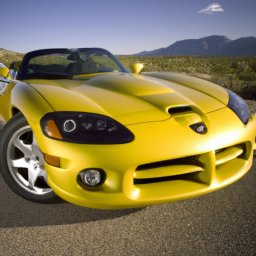 handles and whether it tracks straight.
handles and whether it tracks straight.
8. **Final Checks**:
– After driving, recheck the alignment settings if possible, as some adjustments can settle after driving.
### Conclusion:
While this guide gives you a basic Understanding of how to approach wheel alignment on a Chrysler Viper, remember that precision is key. If you’re not comfortable doing it yourself, it’s always a good idea to take your vehicle to a professional mechanic or alignment shop. They have the tools and experience needed to ensure your car is aligned correctly. Proper wheel alignment can extend the life of your tires and improve your vehicle’s performance, so it’s worth the effort!
Keyless entry is an automotive technology that allows a vehicle owner to unlock and start their car without the need for a traditional physical key. This system enhances convenience and security, reflecting modern advancements in automotive technology. Typically, keyless entry operates through a key fob—a small remote device that communicates wirelessly with the car. When the owner approaches the vehicle with the key fob in their pocket or bag, the car detects the fob’s signal and automatically unlocks the doors when the owner touches the handle. This feature eliminates the need for fumbling with keys, especially when hands are full.
Additionally, many keyless entry systems are integrated with push-button start technology. Once inside the vehicle, the driver can start the engine by simply pressing a button, provided the key fob is within a certain proximity to the car. This system not only streamlines the process of entering and starting the vehicle But also enhances security features. Most keyless entry systems include encryption that helps prevent unauthorized access or relay attacks, where thieves capture the signal from the fob to unlock the car.
Furthermore, keyless entry often comes with additional functionalities, such as remote locking and unlocking, trunk release, and panic alerts, making it a comprehensive solution for modern vehicle access. Overall, keyless entry represents a significant evolution in how drivers interact with their vehicles, emphasizing both ease of use and enhanced security.

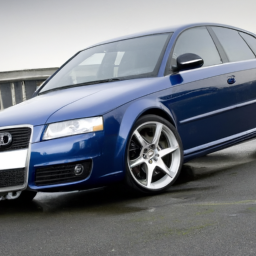 and check for any warning lights on the dashboard. Monitor the clutch
and check for any warning lights on the dashboard. Monitor the clutch 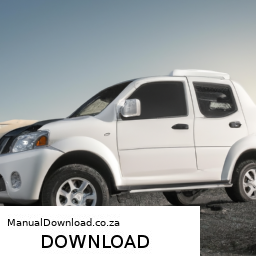
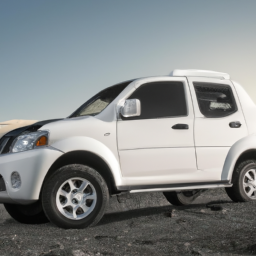 and make sure
and make sure 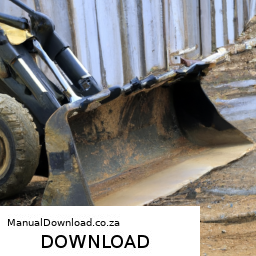
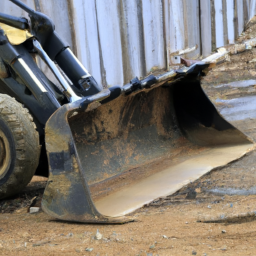 tand the layout of your loader and identify the control arm that needs replacement.
tand the layout of your loader and identify the control arm that needs replacement.
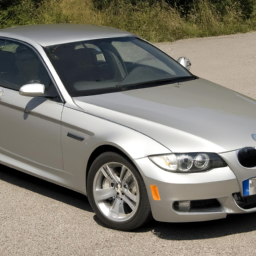 and secure it to the chassis using the original or new bolts.
and secure it to the chassis using the original or new bolts.
 tands, wrenches, sockets, a ball joint separator, a ball joint press, and other necessary tools.
tands, wrenches, sockets, a ball joint separator, a ball joint press, and other necessary tools.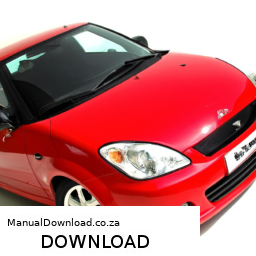
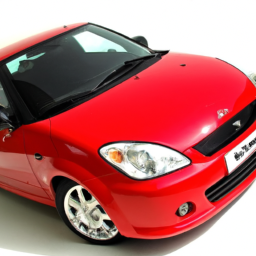 tands.
tands.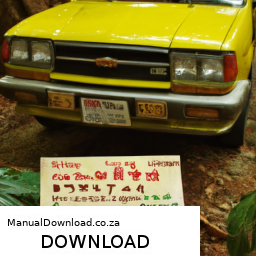
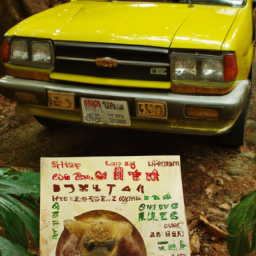 and then bolt everything back
and then bolt everything back 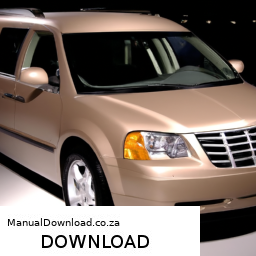
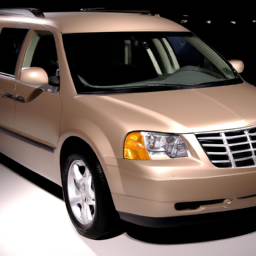 and secure it with the clamps. Ensure a snug fit to prevent any air leaks.
and secure it with the clamps. Ensure a snug fit to prevent any air leaks.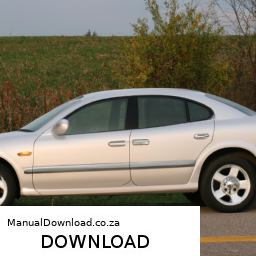
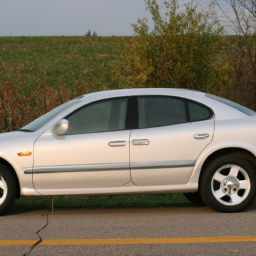 and pilot
and pilot